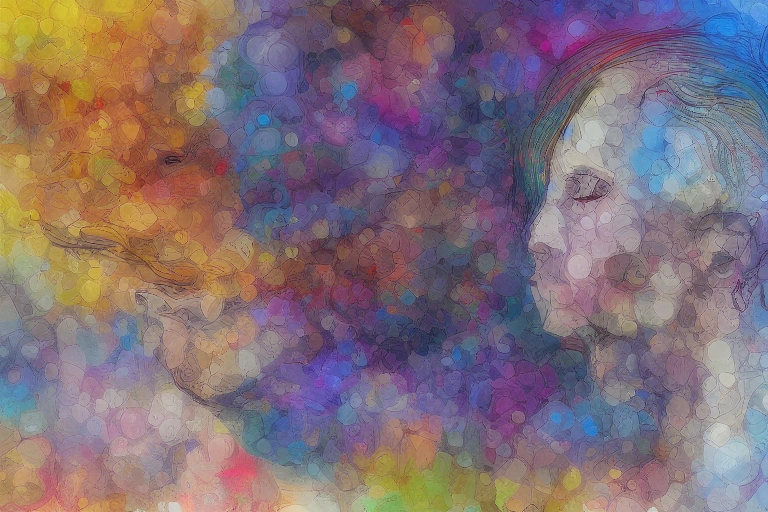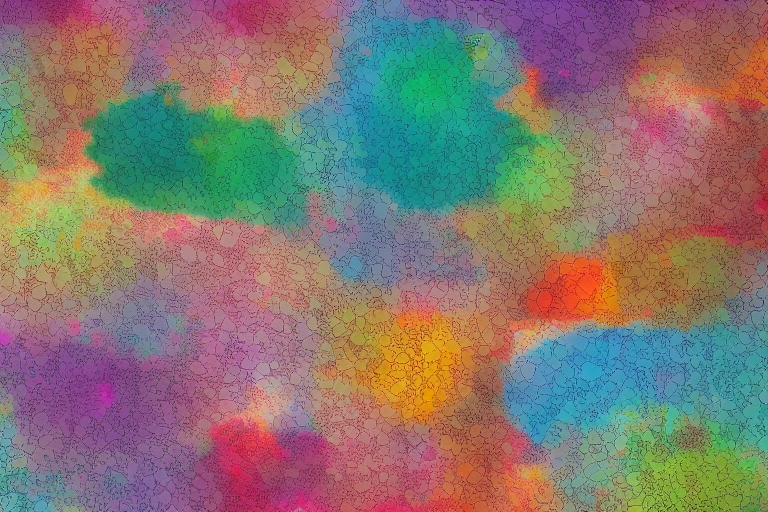
Table of Contents
Getting Started
A trauma is a drastic experience that can powerfully shape a person’s psyche. Nowadays, it has become increasingly clear how important it is to understand the effects of traumatic experiences and to treat them through different forms of therapy. These experiences can be varied, whether through physical or emotional abuse, accidents, war experiences, or natural disasters. This article examines the various facets, the associated consequential disorders, and art therapy as a novel treatment method.
Definition of Trauma
Trauma is the emotional response to a distressing event. Not only is the event itself decisive, but also how the person concerned perceives and processes it. The definition of trauma is complex because each person reacts differently to traumatic events. It is often feelings such as helplessness, fear, and overwhelm that trigger trauma and can lead to long-term psychological consequences.
Origins of trauma
Many causes can lead to trauma. Physical and sexual violence, emotional abuse, the loss of a loved one, special life events such as divorce or serious illness, and traumatic experiences in military or warlike contexts are among the most common. Even indirect experiences, such as witnessing violence in the community or on social media, can have traumatic consequences.
The importance of enlightenment
Education about trauma and its consequences is the key to preventing stigma and giving those affected the support they need. Ignorance of one’s own concern or the concealment of experiences are the consequences of trauma for many people. A supportive environment that enables healing and facilitates access to therapeutic resources can be created through education and awareness.
Consequences of trauma
Types of post-traumatic disorders
There are various types of secondary disorders. The more common ones are post-traumatic stress disorder (PTSD), acute stress disorder, and complex PTSD. PTSD often occurs after extreme stress and is manifested by recurring memories, nightmares, and a feeling of emotional numbness. In contrast, acute stress disorder usually occurs shortly after a stressful experience and can manifest itself similarly, but is temporary. Complex PTSD is a more severe form that often results from repeated trauma, such as long-term abuse.
Signs and consequences
The symptoms of secondary disorders can severely affect everyday life. Anxiety, depression, sleep disorders, irritability, and difficulty with concentration are the most common symptoms. The emotional consequences can lead to social problems, including isolation and difficulties in interpersonal relationships. People who suffer from mental stress may also experience physical symptoms of diseases caused by this stress.
Diagnosis and therapy options
As a rule, qualified professionals take over the diagnosis of post-traumatic disorders by using a comprehensive medical history and specific diagnostic criteria. Various treatment options are available, such as cognitive behavioral therapy, EMDR (Eye Movement Desensitization and Reprocessing), and drug relapse prevention therapy. Several factors influence the success of treatment, including the type of trauma, the severity of symptoms, and the patient’s willingness to engage in the healing process.

Supporting art therapy in trauma
Art therapy has established itself as an effective way to treat secondary disorders. It allows those affected to explore and process their experiences through creative processes. Creating artworks can have a cathartic effect, helping clients channel their emotions. In addition, art therapy strengthens self-confidence and self-acceptance by encouraging clients to discover their creativity and gain positive experiences.
Case studies and examples
Art therapy has proved effective in the treatment of trauma in many case studies. An example of this is a group of veterans who have received art therapy to support their PTSD. Participants reported that their symptoms subsided and they were able to cope with their experiences more emotionally. Another example shows that children who have experienced abuse have been able to express their fears through creative work and find a protected space for healing. Cases like this show how art therapy approaches can transform mental health.

Conclusion
Overview of the main aspects
It can be said that trauma can have a profound impact on a person’s life. The manifestations and complexity of trauma disorders are manifold, which often necessitate special treatment approaches. As an essential approach, art therapy helps people who suffer from the consequences of trauma. Creative expression allows people to process their feelings, which is an important step on the path to healing.
Encouraging help and recovery
The education about the experience and its treatment is of immense importance. Healing is possible for everyone, and the help of professionals and the community is of considerable significance. Art therapy can make a significant contribution to mental health and should be recognized as a serious approach to treatment.
Frequently Asked Questions (FAQs)
How do trauma and post-traumatic stress disorder differ?
The immediate emotional response to a stressful event is referred to as trauma, while post-traumatic disorders are the long-term psychological consequences that can develop from a traumatic experience.
How long can the effects of trauma last?
The duration of the consequences may vary, depending on the person. While some people heal relatively quickly after treatment or help, others may struggle with the implications of trauma for years.
Can art therapy cure everyone?
Although art therapy helps many people express their experiences and process emotions, its effectiveness varies from person to person. Evaluating various therapeutic approaches is crucial to finding the most effective help.
What is the best way to find an art therapist?
There are various platforms and professional associations that can help you find qualified art therapists. Please get advice from your healthcare providers or other professionals.
Are some forms of art more effective in therapy than others?
The effectiveness of art forms can vary; any form of creative expression, whether it be painting, drawing, or sculpture, can have therapeutic value. It is crucial to discover a form that best suits the individual.
